Yemeni Mokamatali Mocca Matari Manor Coffee beans good? Yemeni Coffee Variety introduction
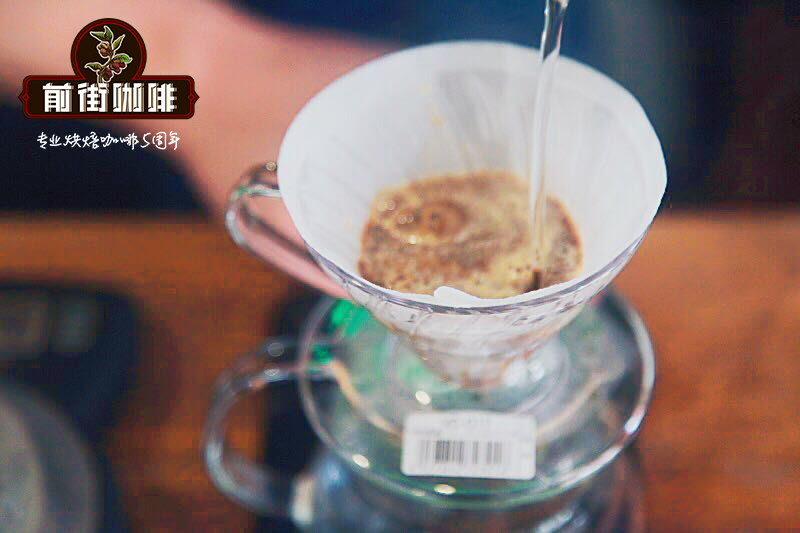
Professional coffee knowledge exchange more coffee bean information please follow the coffee workshop (Wechat official account cafe_style)
Yemeni Coffee-Mocha Matali (Yemen Mocca Matari): the quality of mocha coffee comes from the outer port of Mocha, the capital of Yemen. The high quality of mocha coffee is Barney. Yemeni Matali coffee grown in Matalu. Matali is a well-known and high-altitude coffee producing area in Yemen. The Yemeni coffee beans produced in Yemen belong to Arabica. Generally speaking, mocha beans are smaller than ordinary coffee beans and look very different from other coffee beans with large particles. However, although small, it contains distinct characteristics, especially the distinct fruit aroma can not be emulated by other coffee producing areas, its unique aroma, fruit acidity, the right bitter and excellent balance, and rich personality. It has a deep popularity among coffee lovers and has always been sought after. Therefore, it is often compared to the red wine in coffee.
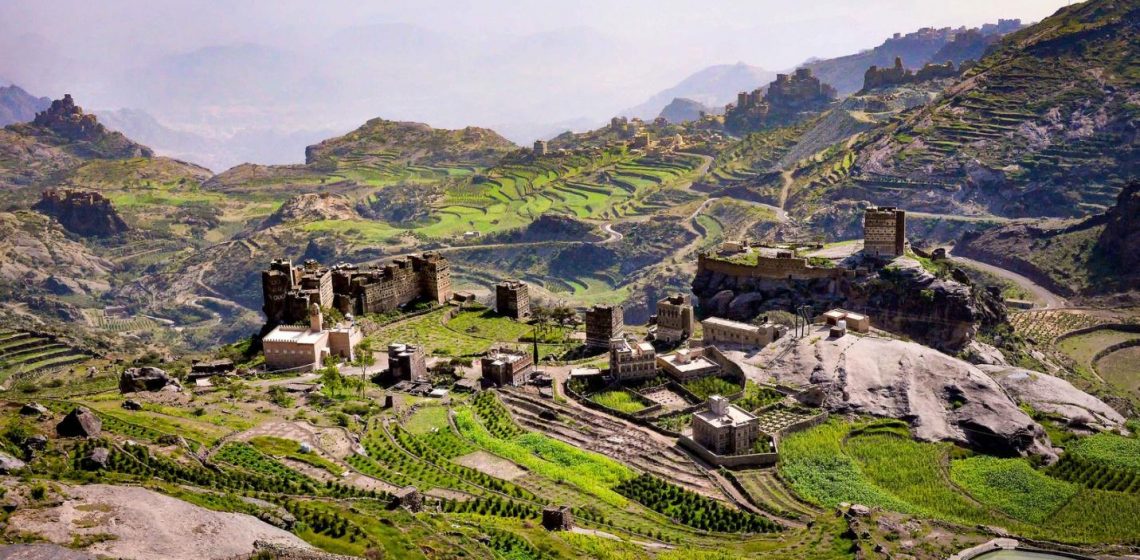
Production area: Bani Mattari
Variety: Arabica
Treatment: insolation
Flavor: distinct fruit aroma, unique aroma, fruit acid, just right bitterness and excellent balance, rich personality, unique chocolate taste.
Palate: high-quality Arabian flavor, dry aroma with slightly sour wine, suitable mellow, strong pure texture, with wonderful dark chocolate aftertaste, very original flavor.
Baking degree: medium baking
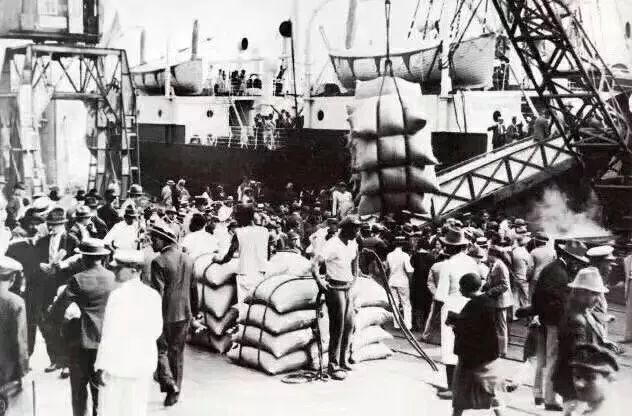
Yemen has a long history of growing coffee. By the early 17th century, Yemeni coffee beans began to be exported to Europe from the southwestern port of Mocha. Europeans called the coffee beans shipped from the port of Mocha "mocha coffee". Ethiopia, which is across the red sea from Yemen, later used the port of Mocha to export coffee beans, so that coffee beans treated in the sun in Ethiopia are often regarded as mochas.
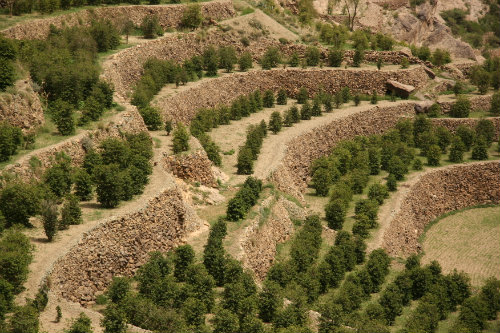
Yemeni coffee is still grown in much the same way as it was five hundred years ago, almost all on mountain slopes as high as 3000 to 7000 feet. Due to the lack of rainfall, it is necessary to rely on the strong water retention capacity of coffee trees to survive the dry period. The bad growth conditions make the coffee beans smaller, but the hardness is quite high. The varieties of Yemeni coffee are also quite complex, including adzuki bean Ismaili and the ancient heirloom, as well as Adeni and Mattari.
Yemeni coffee is a kind of sun treatment, where the fruits are usually exposed to the sun on the courtyard or roof after harvest, and some of them are even harvested after being dried directly on the trees (this method is called floating).
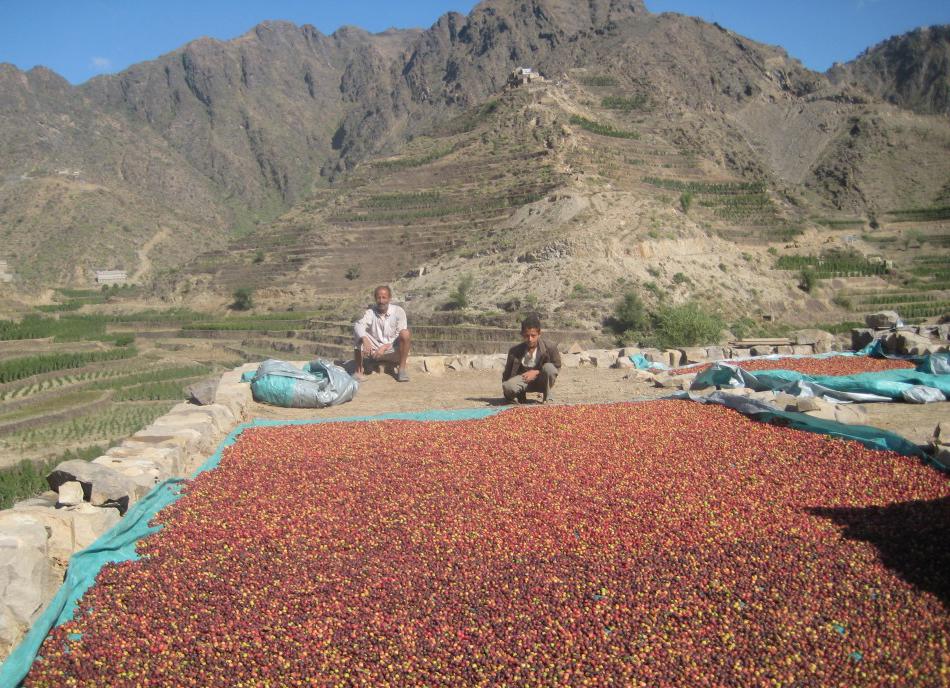
Dried fruit must be ground and shelled. Today, Yemen still retains the ancient way of shelling by stone grinding, which is pulled by camels or donkeys.
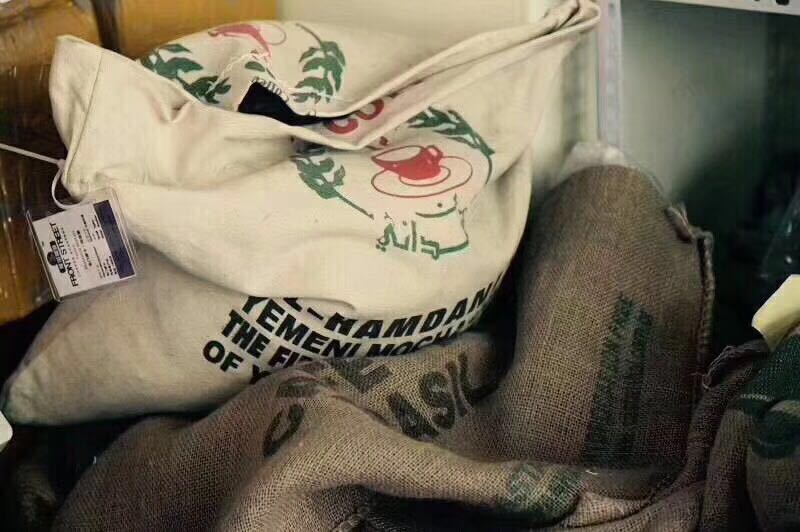
The grade of Mocha is: Sunani Sanani
Important Notice :
前街咖啡 FrontStreet Coffee has moved to new addredd:
FrontStreet Coffee Address: 315,Donghua East Road,GuangZhou
Tel:020 38364473
- Prev

Blue bottle Coffee rare Yemeni Limited Coffee beans introduction _ Yemeni mocha Matali Coffee Taste
Professional coffee knowledge exchange more coffee bean information please follow Coffee Workshop (Wechat cafe_style) YEMEN PORT OF MOKHA AL-JABAL LOT 26 Yemeni Coffee Powder 500 years ago, Yemen was the earliest coffee bean producer in the world. In the 200 years since then, all the coffee drunk around the world was made in Yemen. Even in countries such as Indonesia and Brazil
- Next
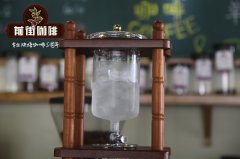
Wild guy Barney Yemeni mocha Harz coffee how to drink _ why Yemeni coffee beans are rich in flavor
Professional coffee knowledge exchange more coffee bean information please follow the coffee workshop (Wechat official account cafe_style) Yemeni coffee wild guy Barney, this is the first time I have seen beans taste really good, medium and deep roasting, but the bitter taste is not strong only for a moment, followed by distinct sweetness, obvious cocoa flavor, and I am not sure of some kind of fruit
Related
- Detailed explanation of Jadeite planting Land in Panamanian Jadeite Manor introduction to the grading system of Jadeite competitive bidding, Red bid, Green bid and Rose Summer
- Story of Coffee planting in Brenka region of Costa Rica Stonehenge Manor anaerobic heavy honey treatment of flavor mouth
- What's on the barrel of Blue Mountain Coffee beans?
- Can American coffee also pull flowers? How to use hot American style to pull out a good-looking pattern?
- Can you make a cold extract with coffee beans? What is the right proportion for cold-extracted coffee formula?
- Indonesian PWN Gold Mandrine Coffee Origin Features Flavor How to Chong? Mandolin coffee is American.
- A brief introduction to the flavor characteristics of Brazilian yellow bourbon coffee beans
- What is the effect of different water quality on the flavor of cold-extracted coffee? What kind of water is best for brewing coffee?
- Why do you think of Rose Summer whenever you mention Panamanian coffee?
- Introduction to the characteristics of authentic blue mountain coffee bean producing areas? What is the CIB Coffee Authority in Jamaica?

